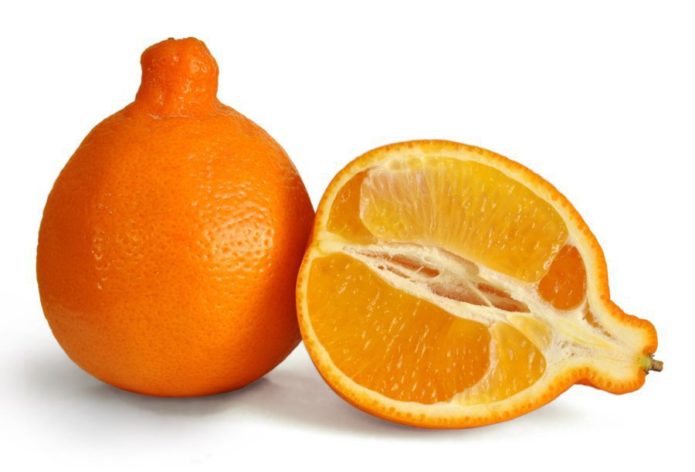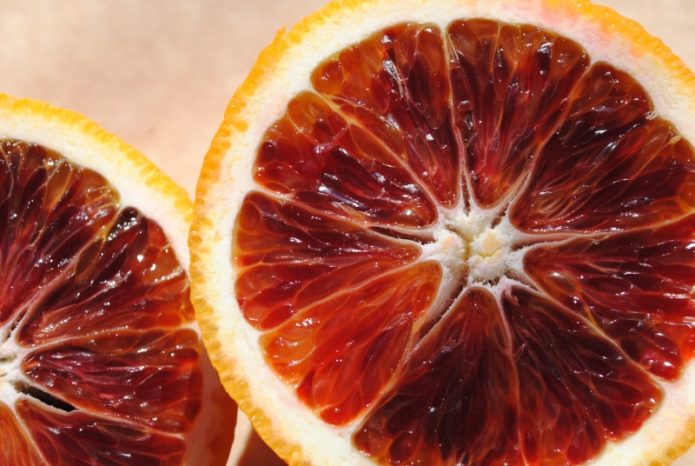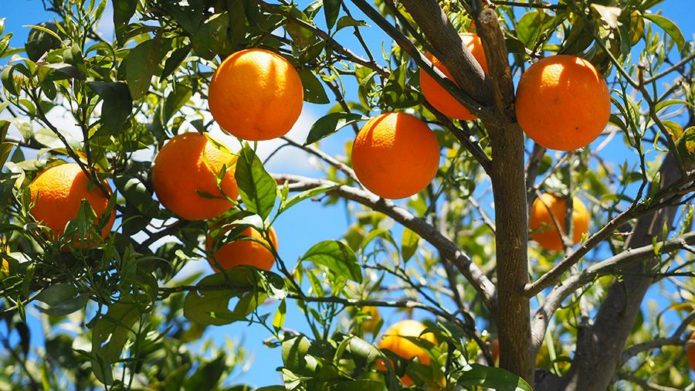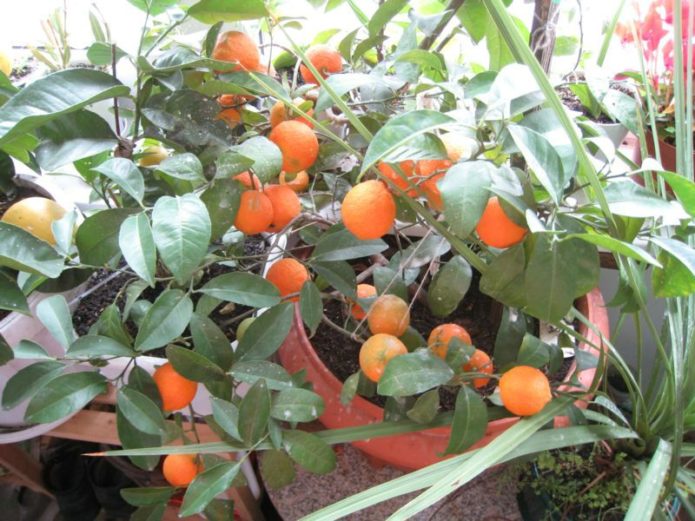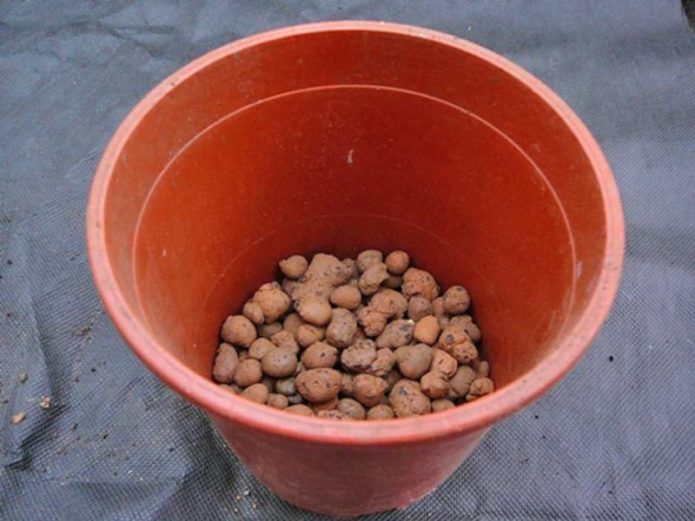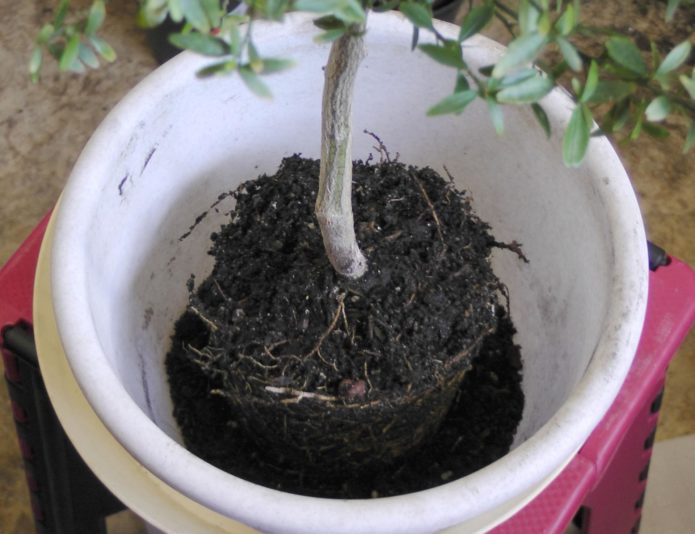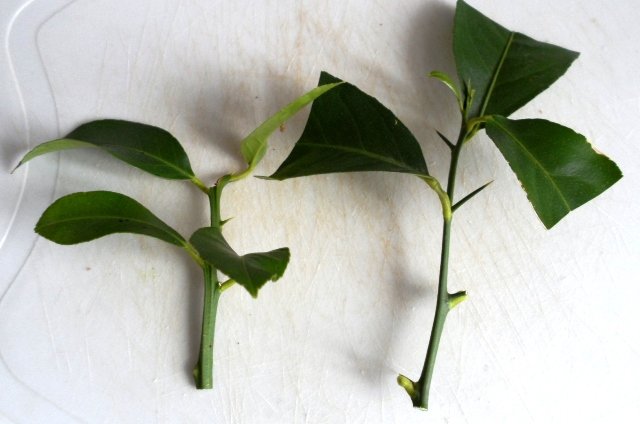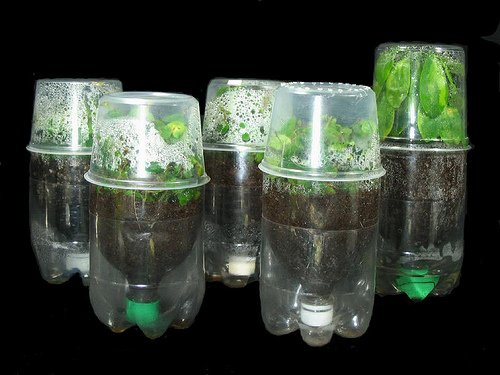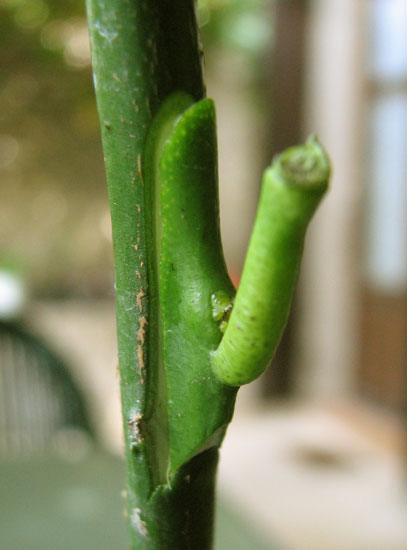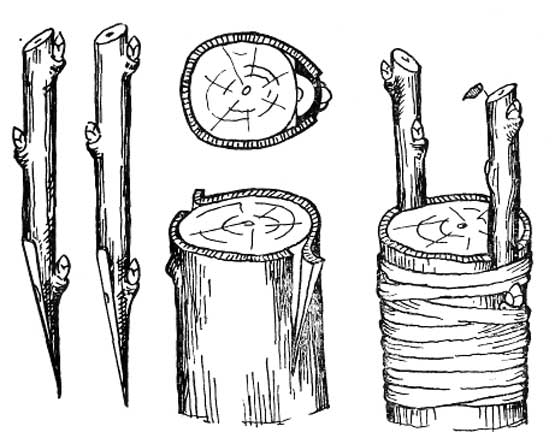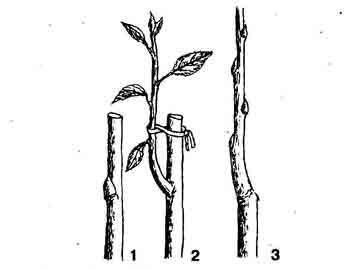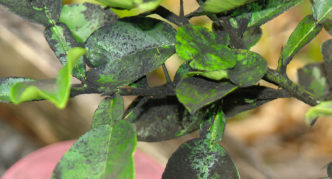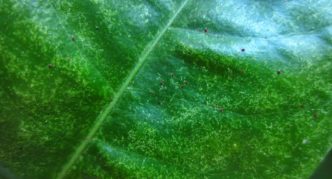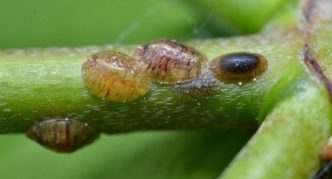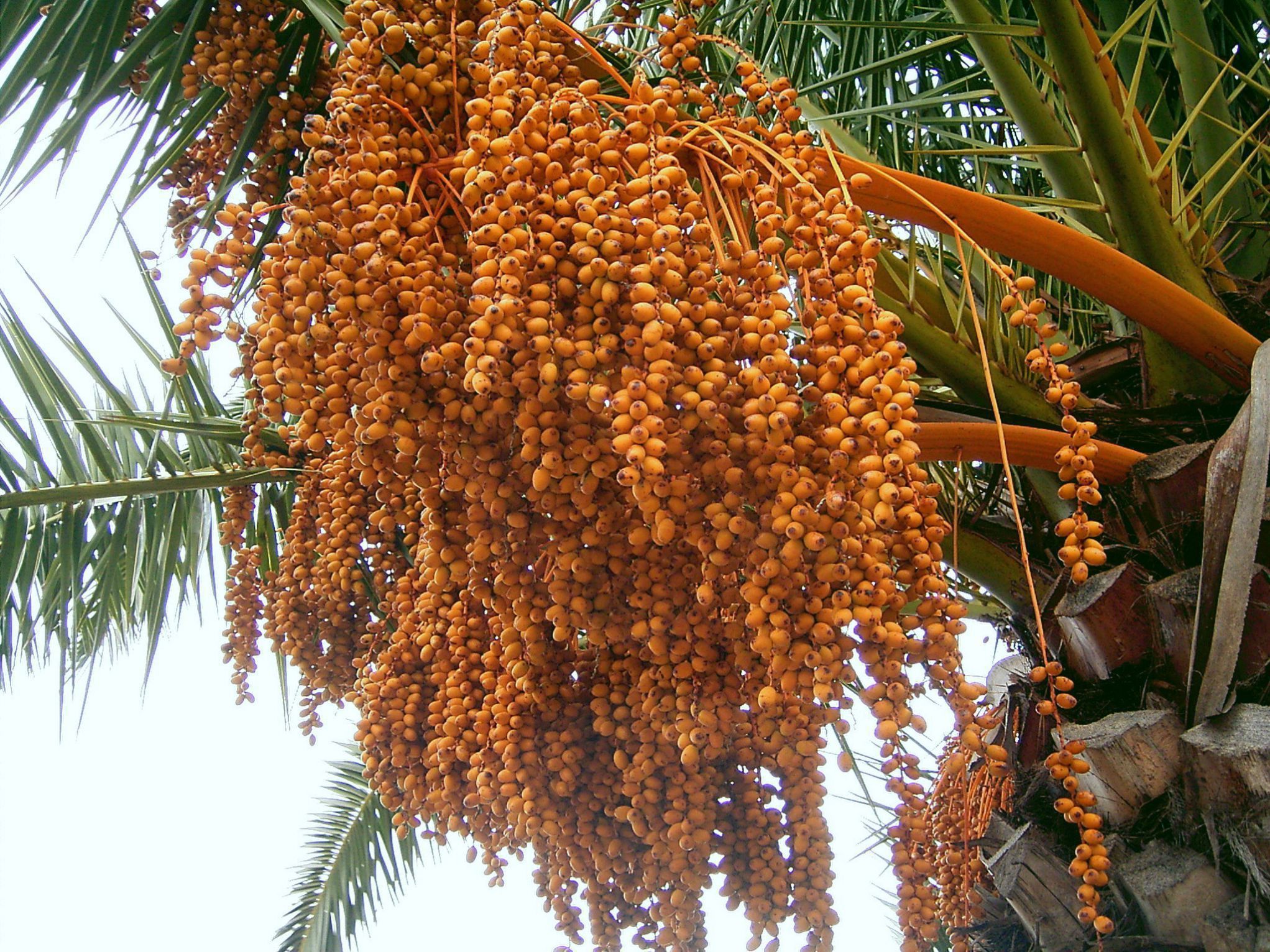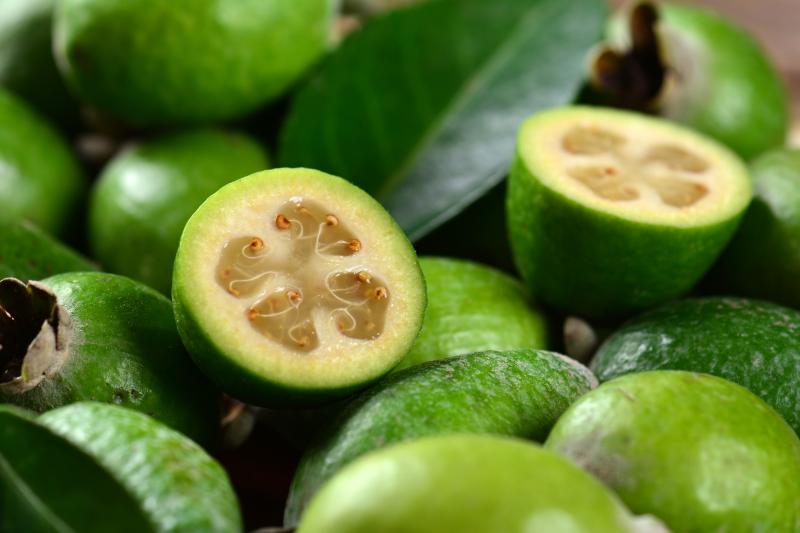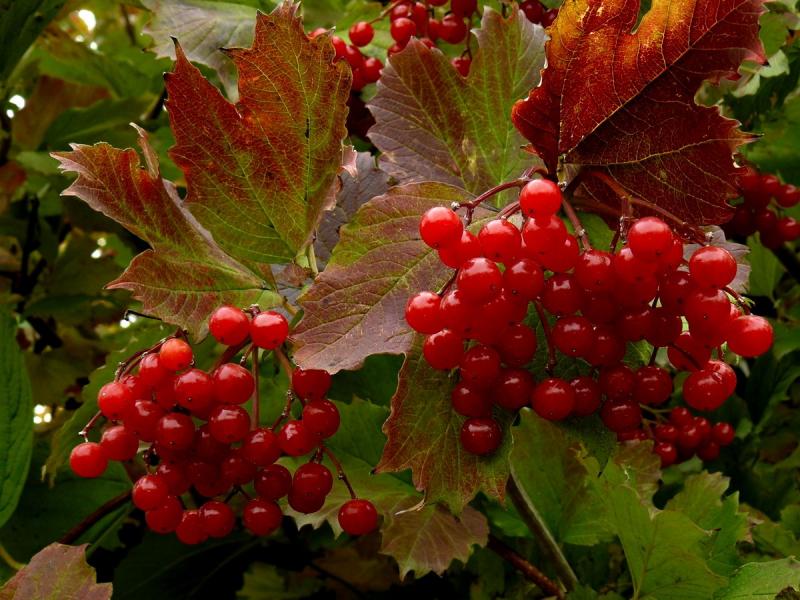Orange is the most abundant citrus in countries with tropical and subtropical climates. He came to Russia from France with the word "greenhouse". This was the name of the small glass houses in which oranges were grown. Even then, in latitudes far from the tropics, the fruit tree was cultivated indoors.
Content
Where oranges grow
Oranges were introduced into the culture by the Chinese 2.5 thousand years BC. e. From this country, along trade routes, orange fruits spread to the Arab East, and then to Africa, Italy and Spain. In Europe, exotic plants quickly became fashionable. Greenhouses were built for them. Outdoors, oranges are widespread in Central America and the Mediterranean coast.
In Russia, due to the cold climate, culture has taken root as an indoor culture. And only in the south, where there is no frost in winter, can it be grown in the open air.
The orange has a very low frost resistance. At -1–2 ° C, fruits are damaged, at -6 ° C - leaves, at -8–10 ° C, the entire aerial part perishes.
Types of oranges
By the type of fruit, oranges are divided into:
- Ordinary - fruitful trees with oval or round fruits of medium and large sizes. Orange or yellow-orange peel, well fused with the pulp... There are many bones inside. The taste is sweet and sour.
- Umbilicals are named for the bulge at the top of the fetus - this is the second underdeveloped fetus protruding through the peel. The species includes large-fruited varieties. Some fruits grow up to 600 g, the usual weight is 200-250 g. The skin is rough, easily separated from the pulp. The taste of the fruit is very good: sweet, with a slight sourness and a bright citrus aroma. There are never thorns on the shoots.
- Pigmented, bloody or bloody oranges differ from the previous species in the red color of the pulp, due to the presence of anthocyanins... The taste is sweet and sour, multifaceted. The skin is red, brown or dark orange, ribbed, poorly separated from the pulp. Trees grow short, have an elongated crown.
Orange varieties
The most popular varieties:
- Valencia is the most important of the varieties in the region of industrial orange cultivation. The trees are easily adaptable to different growing conditions and are characterized by uneven fruiting. Productivity in different years is both high and low. This is a late variety. If there is enough heat, then the fruit ripens by January-February, in cool conditions - by spring. Often, on the same tree, you can simultaneously observe fruits of different degrees of ripeness and flowers. Oval and spherical oranges, orange, sweet and sour. There are few seeds. The skin is bright orange, but in the absence of fluctuations in day and night temperatures, it can remain green even on fully ripe fruits. There are thorns on the shoots.
- Washington Navel is the second most important variety in industrial cultivation, one of the few growing in the conditions of the Caucasus. In addition, the variety is the most popular among amateur flower growers. Orange is unpretentious, tolerates dry air and lack of light. Fruits are bright orange, sweet with sourness, large and medium - 170-300 g. There are no thorns on the shoots
- Gamlin - a variety actively exported from Brazil, grown on an industrial scale in South Africa. It is an early-ripening cold hardy orange. In hot and dry climates, the fruits grow small but sweet; in wet and cool climates, they grow larger but of mediocre taste. The shape of the fruit is round, flattened at the poles. The skin is yellow, smooth. The variety is widely used in indoor floriculture.
- The Moro variety is also grown commercially, one of the earliest varieties, refers to the king or blood oranges. Fruits weighing 170-210 g with ten lobules inside. The taste is sweet and sour with hints of berries. The orange peel may have dark spots or streaks. The pulp, depending on the degree of ripeness, is colored orange, burgundy, purple to black. The tree is too big for growing in a room, suitable for winter gardens
- Pavlovsky or dwarf orange is one of the best varieties for indoor cultivation. The height of the tree is 60–100 cm. The plant tolerates dry air and grows on northern windows. Fruits are small - 30–80 g, there are many seeds inside. The peel is thin, rough, orange. There are 8-12 lobules inside. The pulp, according to various reviews, ranges from fresh with bitterness and acidity to delicious. One tree bears 10–60 fruits. The variety blooms in spring and autumn.
- The Kolchak Gold variety was obtained by sowing seeds in the 70s of the last century. The tree first bloomed at the age of 30, and reproduces well vegetatively (by cuttings). Crohn quickly recovers after root damage by overdrying or overflow. The orange blossoms in March; on the southern window, the fruits ripen in 9-10 months. They are pear-shaped, soft to the touch, the skin easily lags behind the pulp. A peeled orange breaks down into sweet, juicy, without bitterness slices. Spines up to 4-5 cm long grow on the trunk and shoots.
Planting and transplanting an orange
Usually houseplants come to our house in pots filled with transporting soil. If oranges are not available in stores in your city, order them online.
After the purchase, the orange must undergo adaptation. Put the plant in its permanent place and for 1-2 weeks, besides watering and spraying on the leaves, do not bother with anything. In the meantime, buy a pot 2–3 cm wider and deeper than the one in which the orange grows. Also get a citrus soil or make it yourself from turf, humus and river sand (2: 1: 1). Be sure to ignite the soil mixture at 100aboutC or pour boiling water over it. So you get rid of possible parasites (fungi, aphid larvae, scale insects, ticks).
On the day of transfer:
- Lay a drainage of broken brick, pebbles, expanded clay on the bottom of the pot with a layer of 2-3 cm.
- On top, to cover the drainage, pour a layer of prepared soil.
- Crumple the sides of the pot with your hands so that the orange can be easily reached with a lump of earth.
- Take out the orange without breaking the coma and without disturbing the roots, place it in a new pot at the same depth at which it grew, that is, do not deepen the stem.
- Fill the empty spaces in the new pot with soil, compacting it lightly.
Using the same technology, transplant an orange that is already living with you: for the first 5 years - once a year, then - once every 2-3 years. An adult tree that grows in a bucket or tub is no longer transplanted, but only the upper 3-5 cm of soil is removed and replaced with fresh one. The best time for such procedures is autumn-winter, when fruiting ends. If your orange blooms and bears fruit all year round, then choose the moment when it is loaded with fruits and flowers to a minimum.
Video: transplanting and caring for a young orange seedling
Planting an orange with a handle
If you have the opportunity to purchase cuttings of a cultivated orange, then you can try to root it. In addition, cuttings appear in large numbers when you already have your own orange and you have to prune it periodically. Be sure to read the reviews of citrus growers about your variety: is it possible to graft it. Not every orange reproduces well vegetatively.
Some citrus growers have failed to root Washington Navel. A positive result is obtained only in the fogging chamber. But the cuttings of Valencia and Kolchak's Gold are suitable for vegetative propagation. Pavlovsky gives roots even in a glass of water.
How to root cuttings:
- Prepare cuttings: cut annual branches with still young (greenish) wood, each should have 3-5 leaves that can be left or cut in half. If the tip of the shoot is caught, then pinch its tip (growth point).
- Immerse the cuttings 2 cm in water, wet moss or loose substrate (sand, perlite, 1: 1 sandy soil).
- Place a bag or jar on top to create a mini greenhouse. The roots will appear in 1-2 months.
- During rooting, the soil must be moistened. If you germinate in water, then replace the water once a week, in the very first you can add Kornevin, Epin and other rooters.
- Transplant the cuttings from the substrate into a regular pot when the roots grow up to 10 cm in length. You do not need to keep it in water for so long, transplant it into a pot under the jar when the roots become clearly visible - 1-2 cm in length.
Be prepared for the fact that not all cuttings will take root, so it's better not to experiment with one, take a few pieces.
Sowing an orange with a bone, grafting on a seedling
It seems that there is no point in planting an orange with a seed. After all, it is taken from a fruit grown in a tropical country, under the open sky. You will have a street plant, and if it suddenly bears fruit on the windowsill, it will not happen soon - in a few decades. Indeed, in an apartment, in a cramped pot, plants develop much more slowly.
However, oranges are still sown with seeds: some just out of curiosity, others to get a rootstock. If you have cuttings, you can graft them onto a seedling from a stone and get a fruiting tree.
To grow a seedling for a stone rootstock:
- Fill a container, crate or pot with loose soil, such as 1: 1 soil and sand.
- Remove the seeds from the fruit and sow to a depth of 2-3 cm, with a distance of 4-5 cm from one another. Old and dried seeds are not suitable, they will not germinate.
- Moisten the soil regularly.
- Seedlings will appear in 20-40 days. Keep them on a light window, water, loosen the ground.
- When the seedlings grow 2 true leaves, transplant them into pots with a diameter and height of at least 9 cm.
Video: Seed Oranges and Lemons
The vaccination can be done as early as next spring. It is important that the plant is not in the dormant stage, but in active development; sap flow is necessary for fusion with the scion. The maximum age of the stock is 2–3 years. One bud or stalk is grafted onto a 1-year-old wild boar, cutting it off into a stump about 5 cm high. On 2–3-year-old oranges that have already branched out, you can inoculate each side branch.In this case, several varieties can be grafted on one plant at once or simultaneously an orange, and a lemon, and a tangerine.
Important: the grafting site on the seedling should be smooth, without leaves and buds.
Methods for grafting indoor orange on a seedling:
- By the kidney:
- From a fruiting orange, cut a stalk with the number of buds you want to plant. Requirements for the cutting: thickness - from 3-4 mm to 1 cm, the leaves and bark on it have already become coarse. Ideally, the thickness of the scion and rootstock should be the same.
- On the rootstock (seedling) with a blade or a very sharp knife, cut off a piece of bark, without touching the wood, 2–3 cm high and 0.5–1 cm wide. Compare these dimensions with the planned cut of the bud to be grafted.
- Remove the leaves from the scion cuttings, leaving the stalks, it is convenient to hold onto them during grafting. Then cut off the bud (it is located in the axil of the leaf) with a heel, the size and shape corresponding to the patch cut out on the rootstock.
- Attach the bud (holding it by the left petiole of the leaf) to the inoculation site and tape it tightly with a strip of film, fum tape. The kidney should remain outside, that is, it does not need to be wrapped.
- Into the split:
- Cut the seedling into a stump or leave the bole and hemp of skeletal branches.
- Cut the trunk or branch strictly in the center 2 cm deep.
- Cut off a stalk of indoor orange at the bottom on both sides in the shape of a spatula.
- Insert the scion into the cleft and wrap tightly.
- Under the bark or in the butt:
- Make a shallow vertical cut on the rootstock from the top of the hemp or branch cut so that you can separate the bark from the wood.
- Cut the stalk from the bottom on one side in the form of a wedge.
- Move the bark in the wild, press the cutting to the place under the bark.
- Cover the graft site with bark flaps and tape tightly.
If within a week the grafted buds and cuttings do not turn black and dry, then success awaits you. The scion leaves will bloom in about a month. The shoots that the stock will give must be removed. If you did not cut the seedling to the graft site in advance, then do it after 3-4 weeks, stepping back 10 cm from the point of origin of the grafted cuttings or the location of the grafted kidney. And when the scion grows, cut it into a thorn, that is, to the height of one internode - to the nearest bud, without leaving it.
The thorn graft is the old way. Part of the stock is left above the graft and serves as a peg to which the graft can be tied if it deviates from the vertical position. When the need for a thorn disappears, it is cut into a stump.
Conditions for an orange
Orange is more light-loving than lemon. Keep the plant on the south window, and in the summer months, to avoid burns on the leaves, move the pot away from the glass to the edge of the window sill. Citrus fruits do not tolerate sudden changes. Do not move the pot from place to place, do not turn it to the sun with different sides. In response to such treatment, the orange may not bloom or shed existing flowers, fruits and leaves.
Mark the sun-facing side of the pot with a marker. Always position the orange this way when you have to remove it from the windowsill, for example, to clean the window. However, the tree can grow one-sided - all branches will pull in one direction - towards the glass. To prevent this from happening, arrange lighting from the side of the room or turn the pot, but gradually: by 1–2about every day or every other day, so in a year he will make a full circle. In this case, the mark on the pot will also come in handy, it will be easier to determine by it whether you are turning the orange too much and often.
Video: the nuances of growing citrus fruits
If your windows face the shady side of the house, then backlighting is indispensable.The exception is shade-tolerant varieties, however, and they will develop better in more illuminated places, bloom more abundantly, and their fruits will grow sweeter.
The optimal day length for an orange is 12 hours. In winter, the days are shorter, if there is no possibility of additional lighting, arrange a period of rest. To do this, transfer the pot with the plant to a cool place where the temperature is kept within 10-14aboutC. You can leave it on the same window, but enclose it from the room with a thick curtain, and insulate the heating battery with a blanket or bedspread folded in several layers.
In spring and summer, a favorable temperature for oranges is 20-26aboutC. Desirable temperature difference between day and night by 2-5aboutC. In the summer, you can take an orange out to the balcony or garden, but you need to gradually teach it to the open sky, wind, and sun. In the same way, it is impossible to bring an orange from the street into the house in the fall without preparation. The first days, keep it on the balcony during the day, and bring it in at night. To avoid a sharp and strong temperature drop, it is better not to wait until it gets colder outside. The night temperature dropped to 10-15aboutC - move the inhabitant of the tropics under the roof.
Indoor orange care
Each orange is treated differently. You will have to consider the varietal characteristics and conditions that you can provide. So, with a dormant period without illumination, there is only one care, but for remontant plants, and even receiving enough heat and light all year round, it is slightly different.
Table: how to care for oranges with and without a dormant period
| Agro-reception | No dormant period for remontant varieties that bear fruit all year round | With a dormant period for varieties that bear fruit once a year, from spring to autumn | With a dormant period in winter |
| Spraying over leaves | Daily. | As with growing without a dormant period. | Once every 2-3 days. |
| Watering | When the upper 2–3 cm dries up, abundant, until water flows out of the drainage holes. | Moderate, only slightly moisturizing earth clod. | |
| Top dressing | Every 7-10 days with complex fertilizers for citrus fruits, indoor or balcony flowers, containing N, P, K and microelements. | Once a month with phosphorus-potassium fertilizers. | |
| Illumination | On the south window, and on a shady window in winter, additional lighting is required for 12 hours. | No backlight needed, keep in partial shade. | |
| Temperature | 20–26aboutC. | Minimum 8aboutC, maximum 14aboutC. |
Shaping and pruning an orange
You can wait for decades from an unformed orange fruit and never wait, because flower buds, as a rule, are laid on shoots of the 3rd and 4th order... And for them to appear, you need to trim. The most suitable time is autumn-winter:
- An annual seedling grows with one stem. For branching, it must be shortened to 30–40 cm.
- Side shoots of the first order will grow next year. Shorten them to 20 cm.
- After another year, pinch the tops of the twigs of the second order.
- In the fourth year, after pinching the shoots of the third order, fruit twigs of the fourth order will begin to grow.
There are oranges that are completely covered with flowers, even on skeletal branches (first order).But they also need to be formed, because the more luxuriant the tree, the more surfaces it has for laying fruit buds. In addition to formation, thinning pruning is carried out according to the same principles as for garden trees: remove branches growing downward, inside the crown, upward and competing with the conductor.
Video: how to shape citrus fruits
Rationing the number of flowers and fruits
You need to normalize oranges, also focusing on the individual characteristics of your plant:
- A freshly rooted or grafted stalk can bloom in the very first year, because it is taken from a fruit-bearing tree, and fruit buds may appear on it. Be sure to remove all flowers. A young plant must first form a powerful root and a lush crown with many leaves, which will feed the fruits.
- Not all repair oranges feel good in winter, especially if there are no good conditions: there is not enough heat, light, and humidity. Leaves turn yellow on them, twigs dry out. Such plants should not be allowed to bloom again. Autumn:
- Remove all buds of the second wave.
- Gather ripe fruits that started in spring, leave only unripe ones;
- after collecting the last fruits, arrange a dormant period for the tree (coolness, partial shade, a minimum of watering and dressing).
- There are too abundant flowering and fruiting varieties. Under good conditions, they tie whole clusters of oranges. In this case, the fruits will be small and juicy. Pluck out the extra ovaries on such trees so that instead of brushes on each branch there are 1-2 fruits.
- If your orange is large-fruited, then you need to measure the number and size of the fruit with the volume of the crown. A young tree that has just begun to bear fruit is capable of feeding 1-3 large fruits, an adult tree with a height of 1-1.5 m - up to 10. This means that the extra ones that you don't like (small, gnarled, etc.) need to be removed. Also, make sure that the fruits are distributed evenly throughout the crown, and not all on one branch.
Oranges are self-pollinating plants, you do not need to help them with this.
Video: features of caring for citrus fruits in the room
Outdoor oranges
Only residents of the south are trying to grow oranges outdoors in Russia. If in your area the temperature in winter drops to at least -6-8aboutC, then the idea should be abandoned. Even with such frosts, the crown and stem will die without a chance of recovery. For those who are particularly stubborn, there are options:
- Wrap up the whole tree for the winter with agrofibre and other covering materials that allow air to pass through. But from frost -15-30aboutC such protection will not work.
- Grow in a tub culture. In the summer, take the tree outside, for the winter, put it in the basement, where the temperature does not drop below 0aboutC and does not rise above 10aboutC.
In regions and countries with warm winters, oranges are grown like ordinary fruit trees:
- shape and trim;
- in the absence of rain, watered abundantly;
- fed with special fertilizers for fruit and berry crops;
- protect against diseases and pests.
Protection against diseases and pests of indoor oranges
In the case of oranges, the axiom “it is better to prevent a disease than to cure it” is especially relevant. The trees are hung with flowers and fruits from spring to winter, and many give crops all year round. It is impossible to treat with chemicals, so as not to harm yourself.
For prevention:
- Provide the orange tree with good conditions and care. A strong plant has a strong immunity. It will resist parasites firmly or suffer to a lesser extent.
- Add Fitosporin to the water for irrigation once a week. It will prevent the development of fungal diseases. For the same purpose, periodically dust the soil in the pot with ash, crushed charcoal, dry mustard, and tobacco dust. These funds will scare away pests.
- If an orange is stressed after transplanting, pruning, or from a sudden change of location and conditions, support it with “plant vitamins”: Epin, Energen, Novosil, etc.
- Once a month, wash the leaves and twigs with soapy water, arrange a warm shower (water temperature - 30–35aboutC).
Table: the most common diseases and pests of oranges, methods of treatment
| Disease / pest | Description | Treatment options during fruiting and flowering | Resting treatments |
| Sooty fungus | A black coating appears on the leaves, which is easily washed off with a damp sponge. | Rinse the leaves, support the immune system of the orange with a growth stimulant. |
|
| Citrus and spider mites | Both types of pests are microscopic. Spiderwebs settle on the back of the leaves, citrus fruits mainly harm the ovaries. Small light green or yellow dots appear on the affected areas. Gradually, the entire leaf or fruit turns yellow and falls off. 12-14 generations develop outdoors, and even more in indoor conditions. | 3-4 times, with an interval of 5-7 days, spray on the leaves with a solution of sodium chloride (80 g per 1 liter of water). | Spray 2-3 times with an interval of 5-7 days with a solution of a universal systemic drug capable of destroying all types of pests (ticks, aphids, scale insects): Karbofos, Aktellik, Aktaroy, etc. |
| Aphids | Small green insects settle in large colonies on young leaves and shoots. The leaves curl, the shoots bend and dry out. | Prepare the solution:
Treat every 5-7 days until the pests are completely gone. | |
| Shields | On the back of the leaves, sometimes on the shoots, small hemispherical brown beads are found. They are easily scraped off. It is under their shields that pests are hiding - scabbards. | Prepare a soap-alcohol-tobacco mixture:
Repeat every 5-7 days 3-4 times. |
Oranges, which bear fruit once a year, can be treated with pesticides not only during the dormant period, but also after flowering until the fruit begins to ripen. At the same time, observe the waiting time - the period during which you cannot collect and eat fruits. For example, if oranges ripen by the beginning of December, and a waiting period of 45 days is indicated on the packaging of the drug, then the last processing should be done in mid-October.
Photo gallery: indoor orange lesions
- Sooty fungus covers the leaves with a black coating.
- A leaf inhabited by mites is covered with numerous small light dots
- A soap-alcohol-tobacco mixture will help in the fight against the shield
There are orange varieties that grow well and yield crops at home, but they will have to be looked after more than regular indoor flowers. This culture does not like sharp jumps in temperature, humidity, bright light. Fungi and insects often live on citrus fruits. But, if the desire to get exotic fruits is great, then you will cope with all the problems.
